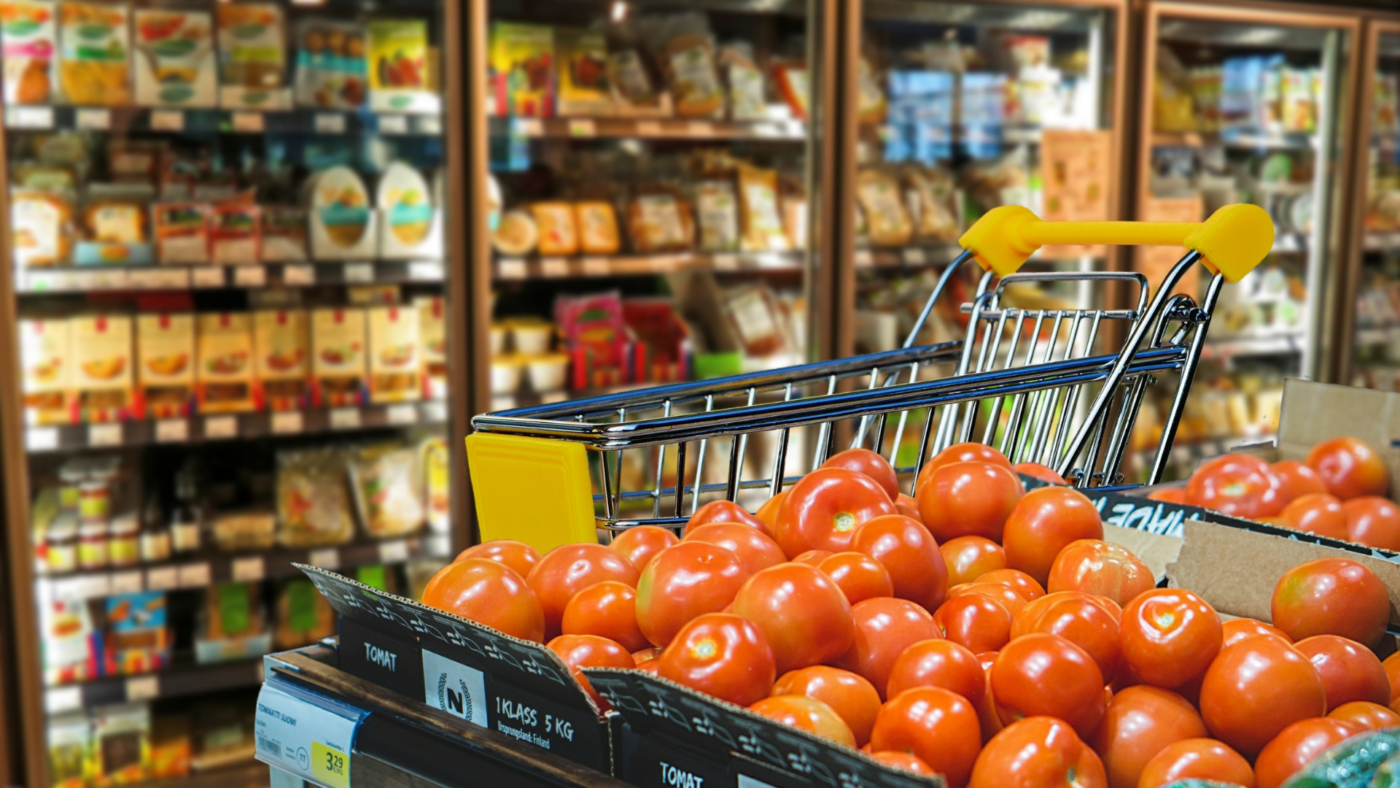We are living in a rapidly evolving and turbulent market in which uncertainties, inflation and changes in consumer expectations have put companies’ pricing strategies to the test.
Retail, inflation. The state of the art
“If inflation, which more than doubled from June to October, from +1.3% to +2.9%, were to continue its run, sales could come to a halt because families could decide, as a precaution, to postpone purchases while waiting for better times, with the risk of a blank Christmas,” says the president of the National Consumers Union.
At stake are the sales of the Christmas period during which merchants realize a substantial part of their turnovers. To ask for increases is the brand industry that in these weeks is meeting with the large-scale retail chains to define sales volumes and prices for 2022.
For pasta, according to Il Sole 24 Ore, producers are asking for increases of 20%, for flours of 15%, snacks +12%, cold cuts +4%, paper handkerchiefs and toilet paper +7%, canned tomatoes +15%, peas and other legumes 17%, oil 20%, dairy products +8% and so on.
Large-scale retail trade, inflation and the impact on the consumer
According to insiders’ estimates, inflation could push shopping cart prices by 2-4% in 2022. The large-scale retail trade has already announced that it does not intend to pass on such significant increases to consumers, but that there is a risk of strong pressure on the margins of distribution companies and if there are price increases that the industry cannot absorb, an increase in price lists will be acceptable, but temporary because the brands will have great difficulty in passing on these increases.
Large-scale retail trade, inflation and group strategies
There are also those, such as Esselunga, who have already announced that they will apply a 6% reduction to a basket of 1,500 highly rotating items for planned purchases, and those, such as Coop, who have announced that they will focus on their MDD to protect the purchasing power of their clients.
The market, therefore, is today undergoing strong inflationary pressure and, at the same time, the way in which consumers make purchases is changing. This scenario could be the right moment to review one’s pricing strategy and look for opportunities to increase margins by maintaining – if not increasing – the number of clients and market presence, and by attacking new slices of the market.
While promotional pricing is still primarily about negotiation between retail and supplier, setting prices on the continuum is a more routine process that lends itself to automation using artificial intelligence.
Retail, inflation and pricing strategy
It is well, in fact, to hold in mind that the GDO beyond to the examination of the tendencies and the social context of the market, must necessarily make of the choices basing itself on the numbers, on the results of their linear of sale and the profitability of its points sale. On the basis of these presuppositions also the suppliers have the duty to start with an accurate analysis and projection of the data on the sales in order to improve the own relationship with the signs and to safeguard the consumptions in a logic of partnership win-win.
In this scenario, in which large-scale distribution is asked to increase purchase prices by an average of 12.7%, it is essential to have “intelligent” analysis tools for periodic simulation of retail prices in order to act surgically on individual items to optimize prices according to the type of offer (or commercial role of the category) and the variability of demand.
The actions that can be put in place in this sense are many and start first of all from the pricing policy of the sign, HLP and EDLP in primis, but also from the behavior of competitors that necessarily must not be equalized tout court to the detriment of its own positioning.
Large-scale retail trade, inflation. The advantages of dynamic pricing
So what are the advantages for retailers who choose dynamic pricing?
✔ Consolidate a pricing strategy with controlled margins, avoiding loss of competitiveness.
✔ Monitor prices and avoid presenting products with values outside the market, which would transmit a distorted vision of the brand to the customer, avoiding being perceived as excessively expensive.
✔ Take advantage of market opportunities based on fluctuations in demand while maximizing profit.
Price is not just a “number” but it is a message that is given to the customer and if there is confusion in the price positioning of a sign – especially in inflationary situations and/or declining consumption – this necessarily leads the customer to abandon the purchase.
Retailers who embrace market change with the criteria and methods of dynamic pricing make more conscious use of the financial gain hidden within prices.
Retail, inflation. Dynamic pricing and artificial intelligence
On-shelf pricing for 98% of items can be managed with artificial intelligence, bringing measurable benefits within 2-3 months of starting to use pricing optimization software built ad hoc and integrated with the current technology environment. Dear retailers, it’s time to abandon old paradigms about pricing to unlock the pricing potential of your assortments. Few retailers can afford to be the “cheapest”, the others need to be “smarter”!
Premoneo supports companies in the optimization of shelf prices through a precise understanding of customer behavior and the commercial role map of individual merchandise categories, achieving an increase in profitability consistent with the required investment that is always linked and proportional to the results obtained.


